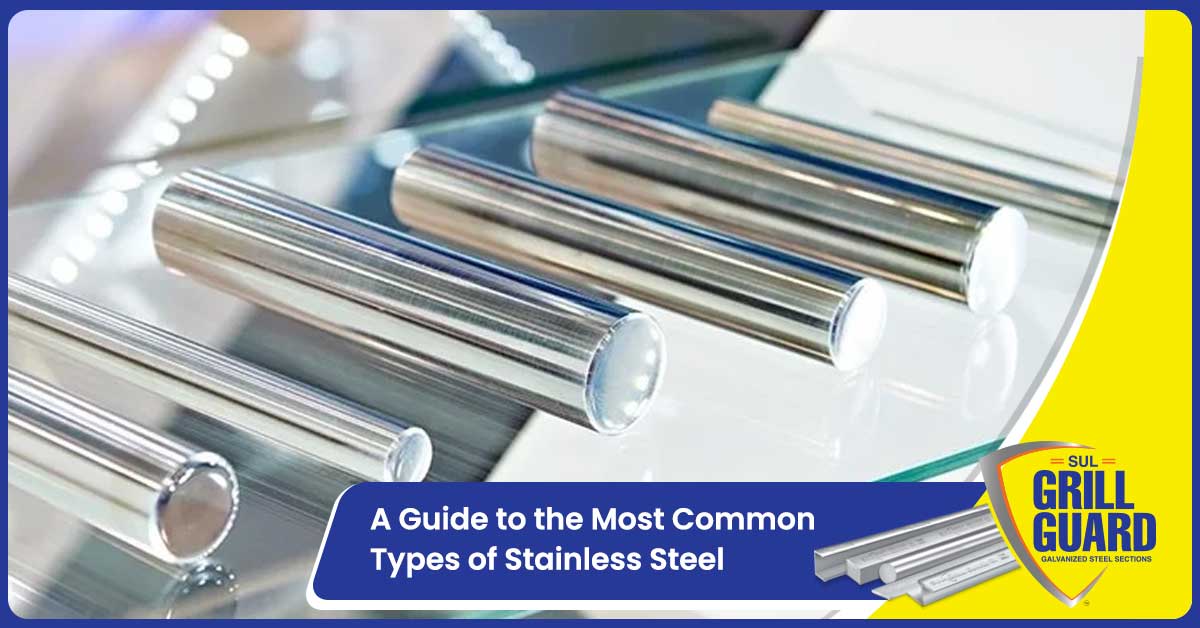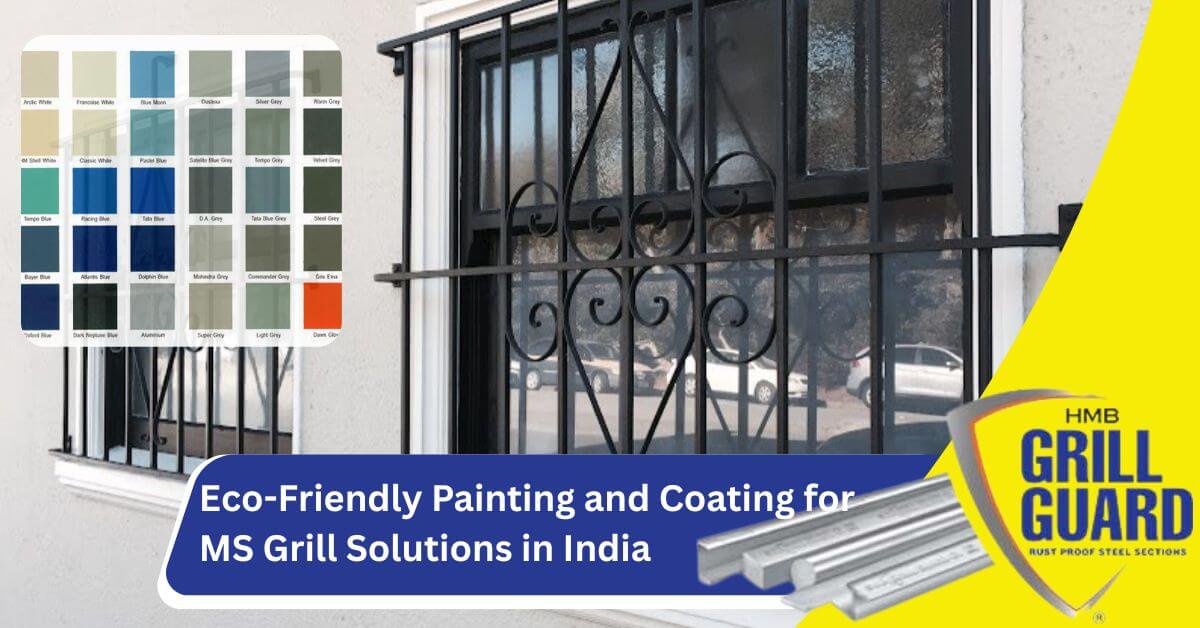There could hardly be a day that one does not come across stainless steel in one or the other use in their day-to-day life. Whether we are talking about the buildings themselves or the appliances and utensils used in the kitchen, the strength, durability, and corrosion resistance of stainless steel cannot be matched across myriad markets. At HMB Group – India’s leading mild steel sections manufacturer, it is well appreciated how critical the decision on the material to use is. The subject of today’s article is stainless steel, the most frequently used type of steel, and where it can be used.
Understanding Stainless Steel Grades
It would be helpful to first acquaint oneself with the general classification of wine according to the drink’s color. Stainless steel is classified according to numbers, such as 304 or 316, which refers to steel composition. The first three digits show chromium content, which should be at least 10.5% for stainless steel. The second digit classifies the nickel content; the higher the number, the more nickel can be found in the alloy. The final digit mainly marks sublevels within the grade tier or the existence of other components included.
The AISI 300 Series
This series contains the most significant number of stainless steel categories; most of these are characterized by high corrosion resistance and formability. Here’s a closer look at two prominent members:
AISI 304 (UNS S30400): Also known as “18/8 stainless steel” because of its 18% chromium and 8% nickel content, this versatile material offers excellent formability and can be easily welded. It is widely used in cookware, cladding, automotive interior trim and fittings, and chemical equipment.
AISI 316 (UNS S31600): This grade improves on 304 by incorporating 2-3% molybdenum, which improves its chloride and other difficult-setting correlations. It is specifically suitable for use in environments where maximum corrosion protection is required, such as the marine atmosphere, equipment that is likely to come in contact with chloride, and food processing industries.
The AISI 400 Series
The 400 series is ferritic, contains principally chromium for corrosion applications, and has a low nickel content. This makes it a cheaper option than other ferritic steel for relatively lower formability than the 300 series. Here are two key members:
AISI 430 (UNS S43000): This grade is also referred to as 18/0 stainless steel because of its 18% chromium content; it has good corrosion resistance and value. Some of its uses include car interior trims, appliances, and decorative automotive panels.
AISI 444 (UNS S44400): Being a ferritic grade, the chromium content is higher than 430, perhaps around 23%, to offer better corrosion resistance. This grade is commonly applied to automobile exhausts and construction projects that do not demand high corrosion protection.
Specialty Stainless Steels: Tailored for Specific Needs
Beyond these core series, a vast array of specialty stainless steel grades cater to specific applications:
AISI 304L (UNS S30403): A Fantastic quality low-carbon modification of 304; recommended for use when weldability is critical or its provides excellent resistance to weld decay.
AISI 316L (UNS S31603): Identical to 316 but with lesser carbon content, giving it greater weldability and improved corrosion resistance features.
Deciding on the best Stainless Steel for Your Project
The following are some aspects that are to be considered to know the proper grade of stainless steel for the required project:
Corrosion Resistance: Compare the extent of corrosion the material will experience.
Formability: Think of the shaping and bending that has to be done when making the structure.
Strength: First, you must establish the strength and load-carrying ability required.
Temperature: Outdoor operating temperatures – the temperature range in which the material will be exposed.
Budget: It is necessary to compare the prices of various grades, considering their characteristics and applicability.
HMB Group: Your Total Solution Provider in Stainless Steel
As one of India’s largest mild steel section producers, HMB Group has identified the significance of using quality material across the Industries. Even though we are suppliers of mild steel, we know the importance of stainless steel in many uses. Thus, this extensive reference provides essential information for a rational decision on selecting the appropriate stainless steel grade.







